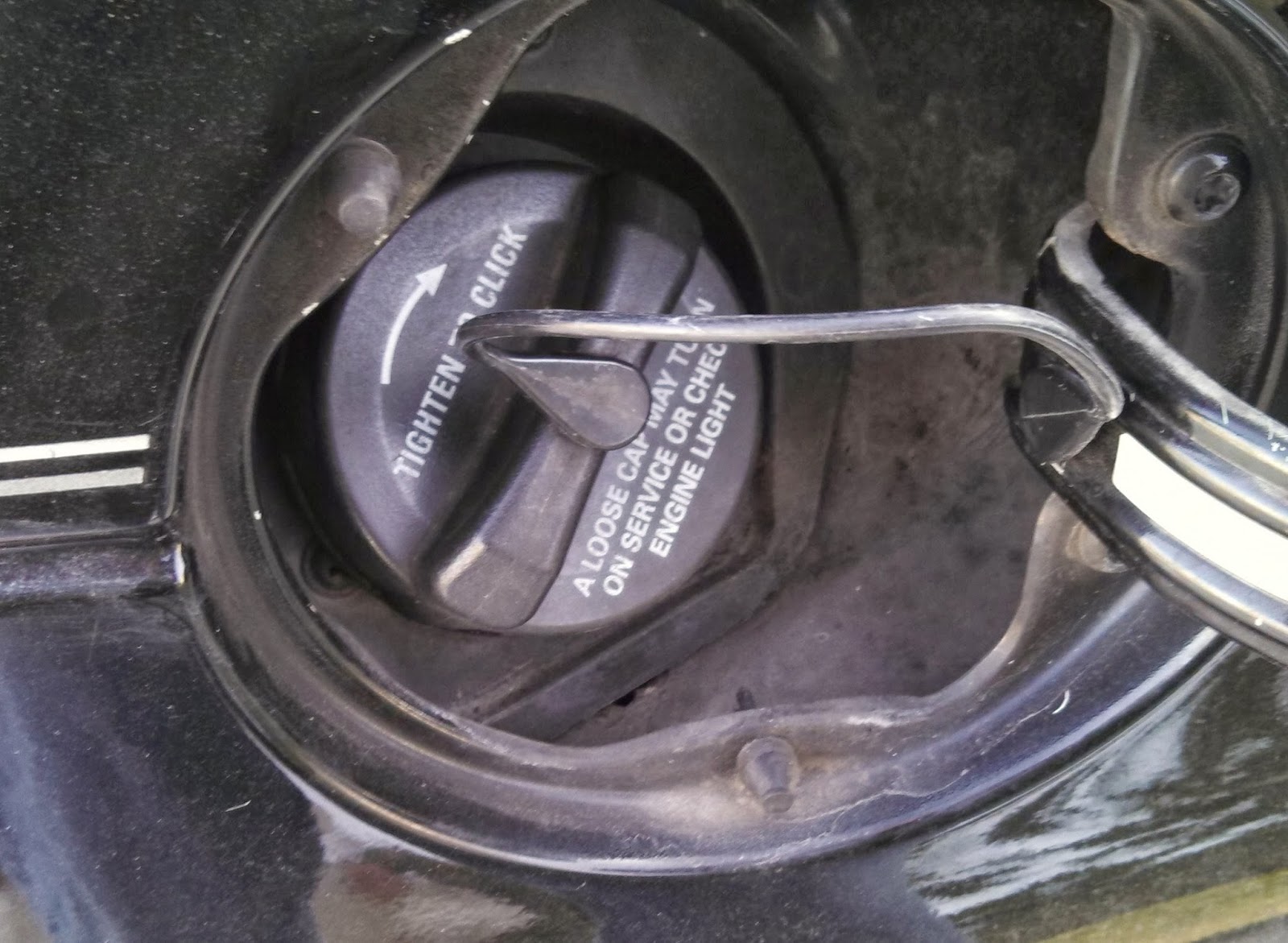That Pesky Corolla Check Engine Light: Is it Just the Gas Cap?

That amber glow on your dashboard. The dreaded check engine light. For a Toyota Corolla owner, it can trigger a wave of anxiety, visions of hefty repair bills dancing in their heads. But before you spiral into a worst-case scenario, consider this: the culprit might be something as simple as your gas cap.
The check engine light is your Corolla's way of saying something isn't quite right. It's part of the On-Board Diagnostics (OBD-II) system, a sophisticated network that monitors emissions and engine performance. A loose, damaged, or missing gas cap can trigger this light because it can lead to fuel vapor leaks, which the OBD-II system interprets as an emissions problem.
It might seem trivial, but that little gas cap plays a crucial role in maintaining your Corolla's emissions control system. It seals the fuel tank, preventing gasoline vapors from escaping into the atmosphere. These vapors are harmful pollutants, and the system is designed to keep them contained. A faulty gas cap disrupts this delicate balance.
The connection between a Toyota Corolla's check engine light and a faulty gas cap has been a common issue for years, especially as emissions regulations have become stricter. This seemingly minor component can cause a cascade of problems if left unaddressed. Beyond the illuminated warning light, a leaking gas cap can reduce fuel efficiency, as valuable gasoline evaporates into the air.
So, what can you do if your Corolla's check engine light illuminates? The first and often easiest step is to check your gas cap. Is it securely tightened? Are there any visible cracks or damage? If it's loose, tighten it firmly. If it's damaged, replacing it is a relatively inexpensive fix that can often resolve the issue. However, if the light persists after tightening or replacing the cap, it's time for further investigation.
If tightening or replacing the gas cap doesn't extinguish the check engine light, a diagnostic scan is the next step. A mechanic or auto parts store can use an OBD-II scanner to read the specific trouble codes stored in your Corolla's computer. These codes pinpoint the source of the problem, allowing for accurate diagnosis and repair.
One potential benefit of catching a loose or damaged gas cap early is preventing further damage to the evaporative emissions control system. This system includes components like the charcoal canister and vent valves, which can become clogged or damaged by excessive fuel vapor leaks.
Checklist for a Corolla Check Engine Light Related to the Gas Cap:
1. Check the gas cap for tightness.
2. Inspect the gas cap for cracks or damage.
3. Tighten or replace the gas cap as needed.
4. If the light persists, get a diagnostic scan.
Advantages and Disadvantages of Checking the Gas Cap First
| Advantages | Disadvantages |
|---|---|
| Simple and quick check | Might not be the actual problem |
| Potentially inexpensive fix | Delays diagnosis of a more serious issue if not the gas cap |
| Prevents further damage to the evaporative emissions system |
Frequently Asked Questions:
1. Can a loose gas cap damage my engine? Not directly, but it can lead to issues with the emissions system.
2. How much does a new gas cap cost? Typically between $10 and $30.
3. How long should I drive after tightening the gas cap before the light goes off? It can take a few driving cycles, sometimes up to a week.
4. What if the light stays on after replacing the gas cap? Get a diagnostic scan to determine the actual cause.
5. Can I ignore the check engine light? It's not recommended. Ignoring it could lead to more serious and expensive problems down the road.
6. Will a loose gas cap affect my gas mileage? Yes, fuel can evaporate, reducing your fuel efficiency.
7. Is it safe to drive with a loose gas cap? Yes, but you'll likely get the check engine light and might waste fuel.
8. Does every Corolla have the same type of gas cap? Not necessarily, check your owner's manual or an auto parts store for the correct replacement.
Tips and Tricks:
Always listen for a click when tightening the gas cap to ensure a proper seal.
In conclusion, the seemingly insignificant gas cap can be a common source of that anxiety-inducing check engine light in your Toyota Corolla. Understanding its role in the emissions system, knowing how to check for issues, and taking prompt action can save you time, money, and potential headaches. While a loose or damaged gas cap is often the culprit, remember that a persistent check engine light warrants further investigation. By being proactive and addressing the issue head-on, you can maintain your Corolla's performance, protect the environment, and enjoy a smoother, worry-free driving experience. Don't let a small issue become a big problem – take control and keep your Corolla running at its best.
Unlocking the power of generic birthday messages
Unlock your writing potential exploring online blank pages
Score top fly fishing gear deals with military discounts online













